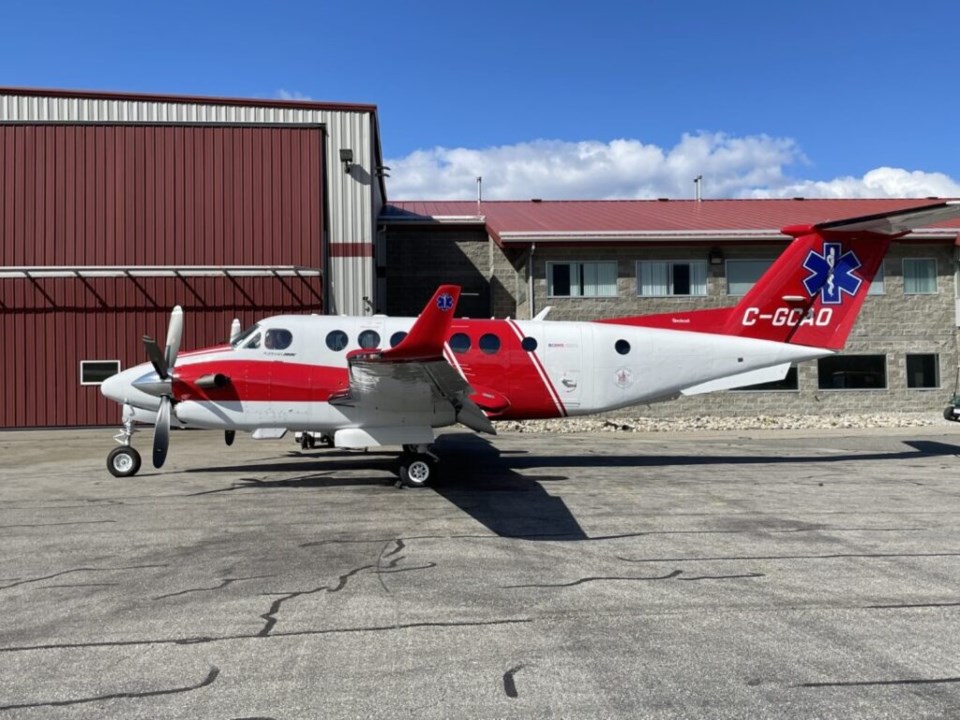Prince George will see two new air ambulances as the province upgrades its existing fleet.
The addition of the new Beechcraft King Air 360CHW planes was announced Friday. Nine will be in regular use by B.C. Emergency Health Services (BCEHS) with three serving as backups.
“When someone you love is critically ill or injured, they deserve the best and fastest care possible,” said Premier David Eby. “Throughout this vast province, we are building new hospitals, cancer-care clinics and urgent primary care centres. By deploying new air ambulances, we are ensuring patients get the quality care they need quickly.”
The province provided $673 million in funding over 10 years for the purchase of the planes.s
Air ambulances allow paramedics to treat people in flight, often from remote or hard-to-reach areas. They're used in emergency situations and to transfer patients between hospitals.
“B.C.’s air ambulances make sure that patients, often with the most critical-care needs, can quickly access the health care they need,” said Adrian Dix, minister of health. “Upgrading B.C.’s fleet with next-generation airplanes means patients will have improved comfort and care during transport, while paramedics benefit from consistent features and layout across the fleet.”
The planes, operated by Carson Air, have increased engine power and the ability to land on gravel runways. They feature expanded capabilities for specialized care, including life support, neonatal and bariatric care. The planes can transport patients in EpiShuttles, an isolation unit for patients with certain infectious diseases, something limited with the existing planes.They can also accommodate power stretchers, eliminating the need to move patients from stretcher to stretcher.
“This airplane allows us to land in more remote communities and reduces the time a patient spends in transit," said critical care paramedic Christopher Singh in a statement provided to media by the province. "We’ll have the capability to load a patient directly onto the airplane without putting them through an uncomfortable stretcher transfer. As flight paramedics in British Columbia, we now have more capacity to care for very ill patients with specialized medical needs.”
In addition to the two planes coming to Prince George, replacing existing air ambulances, there will also be one in Fort St. John. Others will be at Carson Air bases in Vancouver and Kelowna. There's also a base in Calgary.
The health ministry reports that in 2023-24, paramedics, dispatchers and call takers responded to 596,014 emergency medical events and completed 71,198 interfacility patient transfers throughout the province, including 8,290 patient transports involving air resources, 6,177 of which were by airplane. About 70 per cent of calls for air ambulances use airplanes and 30 per cent use helicopters.



